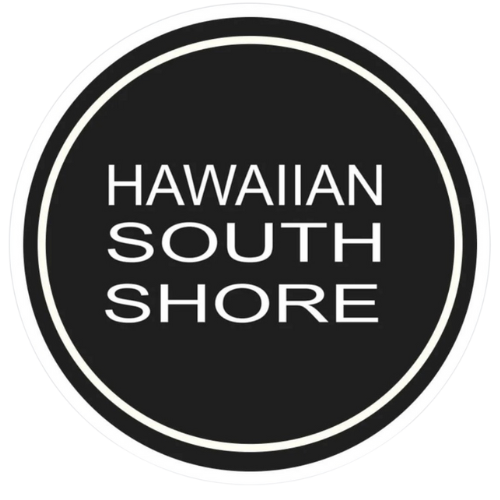Blog

Hawaiian South Shore March 2022 Newsletter Part...
The Roots of IPD: How Bob and Bill Hurley Revamped an Idea from the 1980s and Turned It Into Surfing’s Newest Old Brand Bob Hurley’s new brand IPD (International Pro...
Hawaiian South Shore March 2022 Newsletter Part...
The Roots of IPD: How Bob and Bill Hurley Revamped an Idea from the 1980s and Turned It Into Surfing’s Newest Old Brand Bob Hurley’s new brand IPD (International Pro...

The History of Clark Foam
CLARK FOAM Photo Credit to: SURFERTODAY.COM Clark Foam was a pillar of the surf industry for over four decades. Founded in 1961 by Gordon “Grubby” Clark, the company made the...
The History of Clark Foam
CLARK FOAM Photo Credit to: SURFERTODAY.COM Clark Foam was a pillar of the surf industry for over four decades. Founded in 1961 by Gordon “Grubby” Clark, the company made the...
The History of the Surf Leash
The History of the Surf Leash Photo Credit to AUSTRALIAN NATIONAL SURFING MUSEUM Today, surfboard leashes (or “leg ropes,” in the Aussie vernacular) are a ubiquitous part of the surf...
The History of the Surf Leash
The History of the Surf Leash Photo Credit to AUSTRALIAN NATIONAL SURFING MUSEUM Today, surfboard leashes (or “leg ropes,” in the Aussie vernacular) are a ubiquitous part of the surf...
